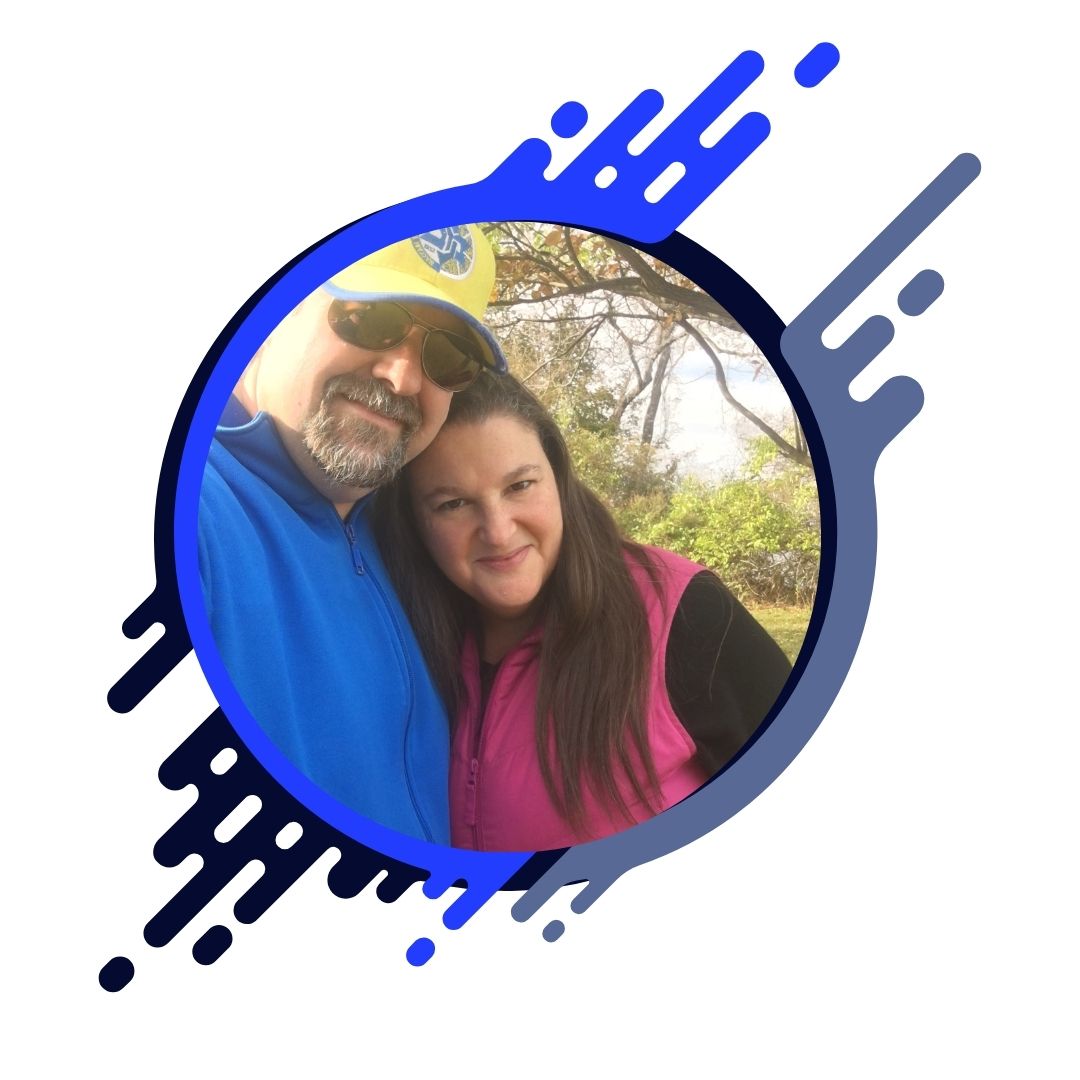
Living with ADHD as an adult can feel like managing a whirlwind inside your mind. Everyday tasks—like staying focused during meetings, managing schedules, or simply remembering where you put your car keys—can stretch your patience and energy. While many individuals turn to medication or therapy as a way to address ADHD, there’s another emerging treatment that’s reshaping the conversation around ADHD management—neurofeedback.
If you’re exploring holistic, drug-free options to improve focus and emotional regulation for you or someone you care about, neurofeedback may be the game-changer you’ve been looking for.
What Is Neurofeedback?
Neurofeedback (or EEG biofeedback) is a non-invasive therapy that uses brainwave monitoring to teach your brain healthier, more efficient patterns. Using specialized sensors, neurofeedback measures your brain activity and provides real-time feedback. You’re able to “see” how your brain operates and, with repeated sessions, learn to self-regulate and optimize its performance.
The process is entirely painless and feels a lot like playing a video game—your brain shifts and adapts as the feedback teaches it what patterns work best. Over time, these new patterns become the default, often leading to improvements in focus, behavior, and emotional control.
ADHD and the Brain
ADHD, or Attention Deficit Hyperactivity Disorder, is often linked to irregularities in brainwave activity. For adults living with ADHD, the brain may produce either too much slow brainwave activity (theta waves), which can lead to inattention and daydreaming, or too much high-frequency activity (beta waves), which is associated with restlessness and hyperactivity.
Neurofeedback works by creating a balance between these brainwaves, promoting better focus, emotional regulation, and control over impulsive behaviors.
Why Neurofeedback Is a Game-Changer
Unlike medication, which manages symptoms, neurofeedback addresses ADHD at its source—the brain. Here’s why it has become a revolutionary option for adults with ADHD:
1. Targets the Root Cause
Instead of masking symptoms, neurofeedback retrains the brain for sustained improvements in attention and self-control. It focuses on strengthening neural pathways that improve functionality.
2. Drug-Free and Holistic
Neurofeedback offers a non-invasive, non-medication-based approach to care. This is especially appealing to individuals who might experience side effects or prefer not to take medications long term.
3. Sustainable Improvements
Over time, neurofeedback helps the brain establish new, more efficient pathways. Think of it as rewiring your brain for long-lasting results—not just a temporary fix.
4. Improves Overall Brain Health
Apart from reducing ADHD symptoms, neurofeedback can enhance other areas of mental functioning, such as stress reduction, mood stabilization, and sleep quality—key factors that impact overall well-being.
5. Empowering and Individualized
Every brain is different, and neurofeedback is tailored just for you. This personalized treatment empowers individuals to take control of their ADHD, fostering a sense of achievement and confidence.
Real Stories, Real Transformations
Many adults have seen life-changing results through neurofeedback. Take Jessica, a 34-year-old entrepreneur who spent years struggling with time management and focus. After twelve sessions, she noted a significant improvement in her ability to stay on task and remain calm during high-pressure situations. “I feel like my brain finally works with me instead of against me,” she shared.
While every individual’s experience varies, studies consistently show that neurofeedback leads to measurable improvements in symptoms for many adults with ADHD.
How to Get Started with Neurofeedback
If neurofeedback sounds like a potential solution for you, here are the first steps to explore this therapy:
- Consult an Expert: Find a licensed practitioner who specializes in neurofeedback for ADHD. They’ll create a customized treatment plan based on your brain activity and symptoms.
- Commit to the Process: Most people require between 20–40 sessions to see significant results. While this takes time, the benefits can be life-changing.
- Combine with Lifestyle Adjustments: Neurofeedback works best alongside other healthy habits, such as proper nutrition, regular exercise, mindfulness practices, and ADHD-friendly organizational tools.
Is Neurofeedback Right for You?
If you’re a parent, holistic health enthusiast, or professional seeking new ways to manage ADHD for yourself or a loved one, neurofeedback offers hope. Imagine what it would feel like to have control over your focus, impulses, and emotions—finally unlocking your full potential.
Whether you’re looking for an alternative to medication or simply want to explore innovative ADHD treatments, neurofeedback could be the solution that transforms your life.
Empower Your Brain, Empower Your Life
Neurofeedback is a reminder that your brain is incredibly adaptable, and with the right tools, you can reshape it to work better for you—not against you. Take the first step today. Reach out to a neurofeedback clinic or specialist near you and learn how this cutting-edge therapy can help.
You can take back control of your ADHD and build a brighter, more focused future.


0 Comments